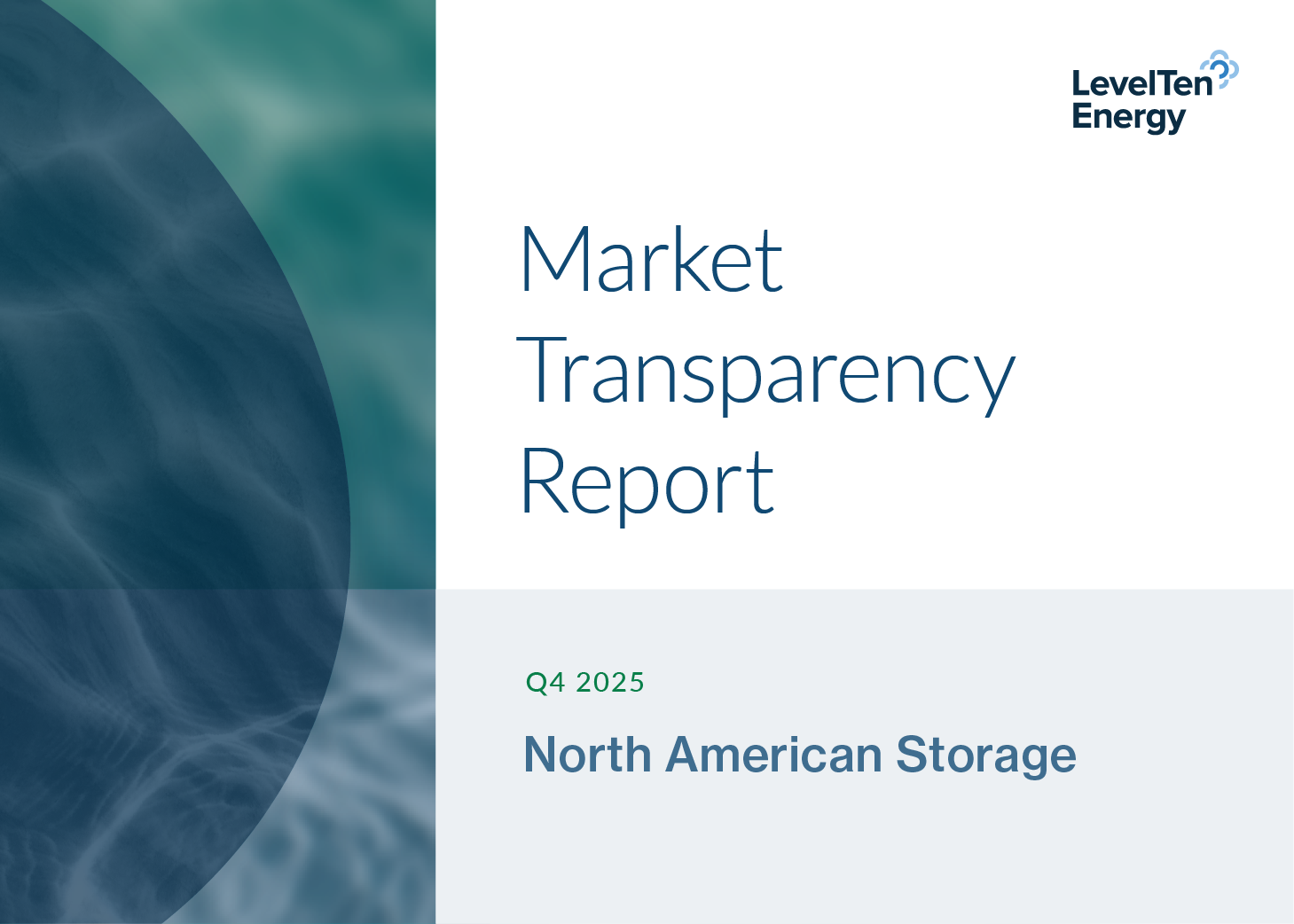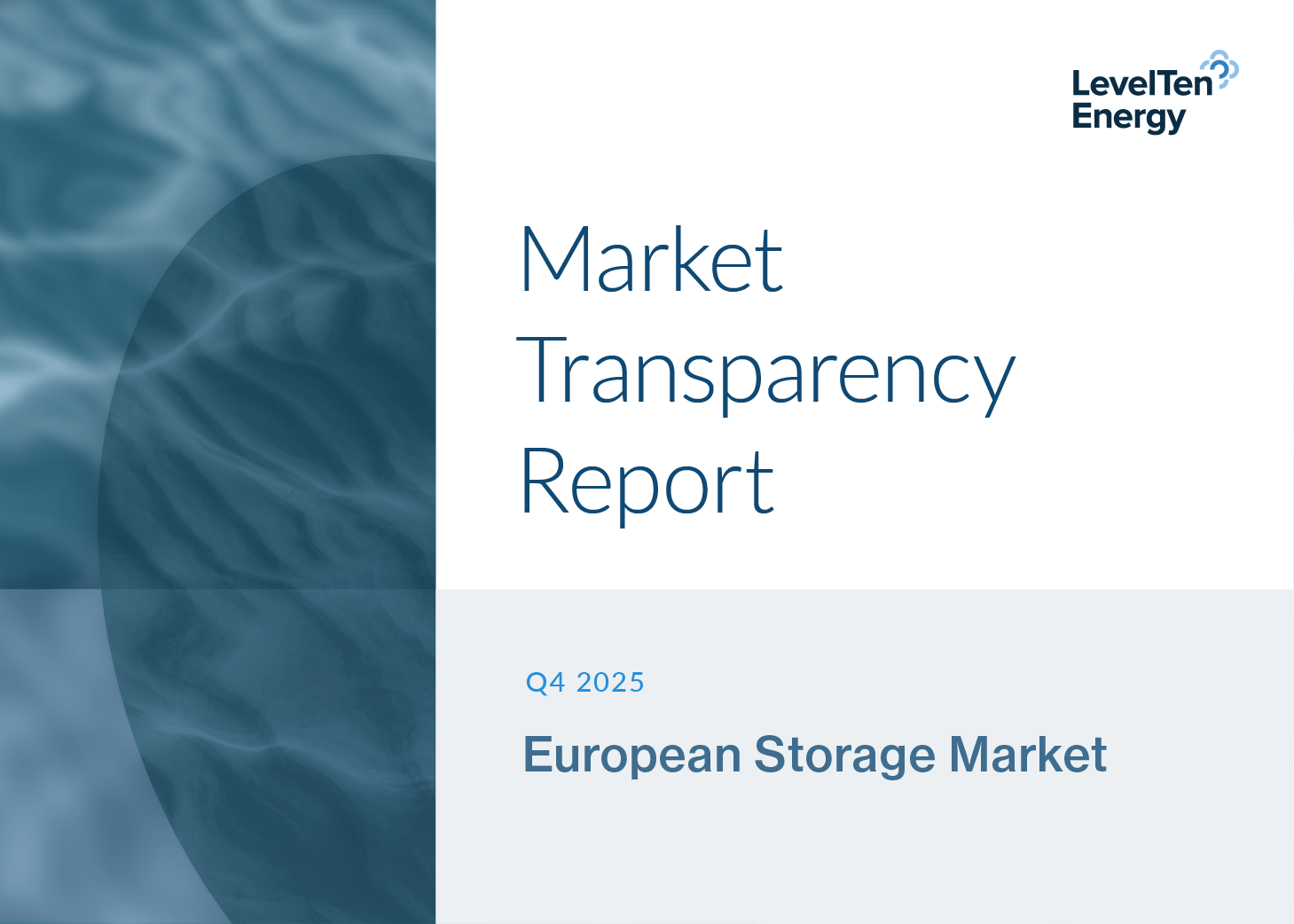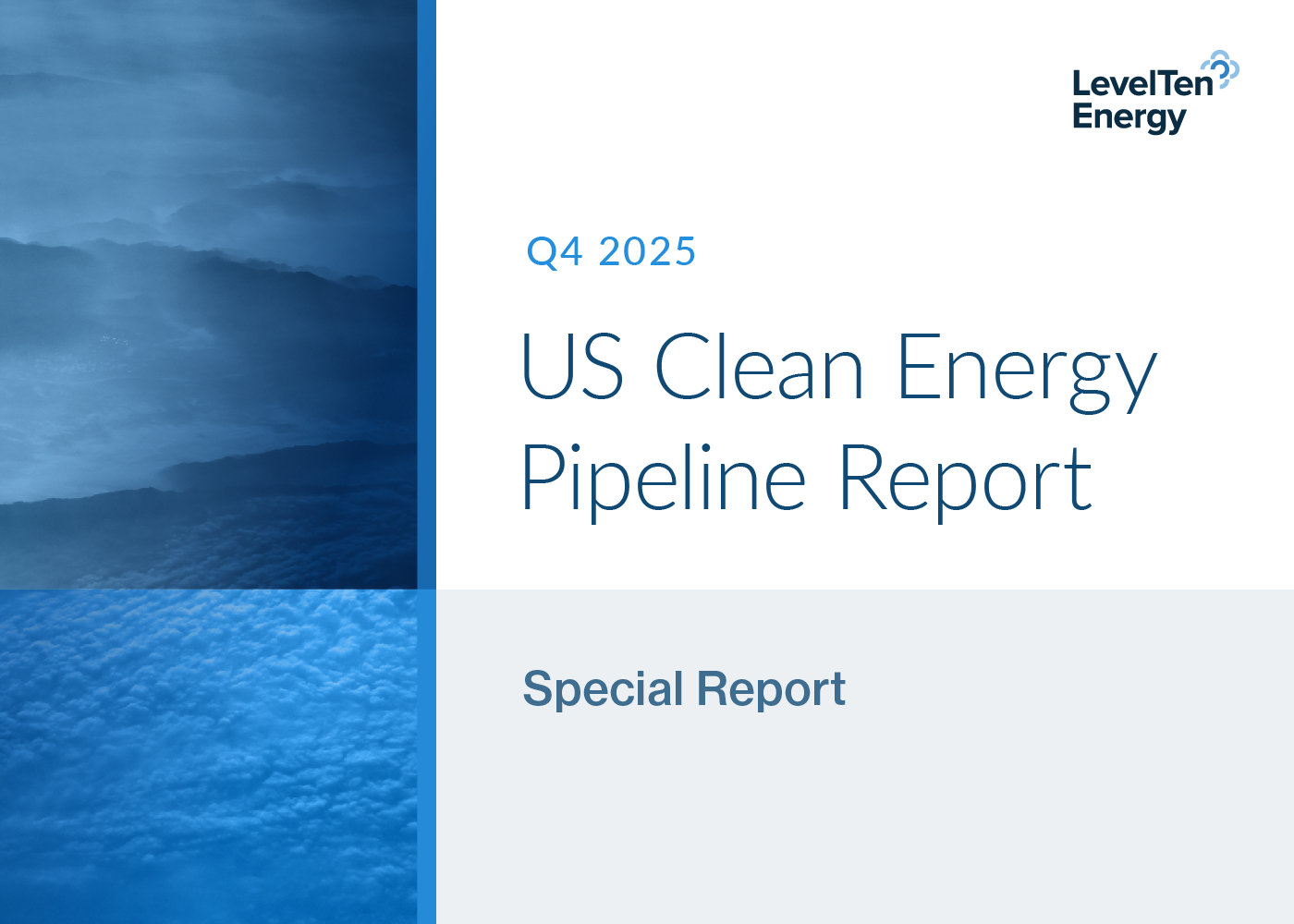These are remarkable times for renewable energy development. As demand for clean energy continues to grow to unprecedented heights, competition for development opportunities has heated up significantly. At the same time, an array of complex factors is making the task of bringing such projects to commercial operation an increasingly uphill venture. As capital investments continue to pour into the renewable space, it's more important than ever that parties looking to partake in renewable asset M&A opportunities have a firm understanding of the intricacies of today’s market. Read on for the current state of the renewable asset M&A market.
Project Supply Tightens as Investment Appetite Skyrockets
The last few years have seen a huge influx of capital seeking investment opportunities in the renewable energy industry. Cheap capital — fueled by low interest rates from the Federal Reserve, competitive economics, rising natural gas prices (which tend to increase renewables’ operating margins), and private and public sector support for robust sustainability action — have all aligned to foster strong interest in the sector. This deluge of affordable capital fueling ESG-focused investments has led to high demand for renewable energy projects, creating a strong appetite for project and portfolio acquisitions among large renewables IPPs, infrastructure funds, and private equity investors.
However, parties looking to acquire such assets know well that available project inventory has been extremely limited. The current economic environment has allowed developers to raise private capital at reasonable valuations while retaining ownership in their projects. And more cheap capital allows developers to hold their projects longer, diversifying their investments and growing their portfolio of assets as they work toward project exits. Valuations for platform sales (sales of project portfolios and the teams that manage them) have been high, so developers that might typically sell are retaining projects to cultivate a more robust and diversified pipeline. This phenomenon of firms holding onto assets longer was observed with a downward trend in the availability of project acquisition opportunities in the North American market heading into Q2 — though the deals that did occur were larger on a MW-per-transaction basis.
While recent transaction prices have often exceeded projected asset valuations (at least those implied by forward gas curves) there is broad consensus that the continuation of elevated gas forwards will contribute to setting a higher price level for wholesale energy. In light of this, renewable project valuations should remain buoyant for most of 2022, especially if access to capital remains at recent levels.
Firms electing to hold onto their assets longer is not the only factor limiting supply. The increase of renewable projects in recent years has completely overwhelmed the grid interconnection process with regards to not only the sheer number of projects, but also the complexity being introduced into the grid by adding more intermittent renewable generation. Developers in many regions have needed to battle through growing interconnection queues and rising uncertainty on system impact costs, and are eagerly awaiting outcomes of queue reform initiatives. These interconnection bottlenecks have slowed development and reduced available project supply — contributing further to a tight market environment in which projects available for acquisition are scarce.
Higher Fees, Sooner
This imbalance between low project supply and high demand has created an environment of fierce competition, and historically-high premiums have been clearing at earlier and earlier stages for development projects. As is usually the case, no single factor is entirely responsible for this. Some companies are eyeing the IPO market and are looking to improve their operating metrics, while in other cases, developers are simply holding their projects, seeking a premium platform sale valuation. In other cases, private equity-backed firms have raised capital and need to execute on short-term acquisition and development goals.
As premiums increase, the ways in which they are paid have been shifting as well. Outside of paying out higher nominal profits, buyers are also having to consider alternative fee structures. In the past, the most common fee structure involved the return of capital to the developer at transaction close, with the development profits contingent on the satisfaction of certain milestones en route to commercial operation. Today, we’re seeing developers demanding a percentage of their profits up front, in addition to escalating nominal fees — nudging buyers to accept completion risk that has traditionally been carried by the developer.
More Capital, Less Liquidity
Would-be platform buyers (primarily financial investors) are also driving down project M&A liquidity. Developers who may have once sold projects at NTP (notice to proceed) or pre-NTP have been attracted by high valuations on platform sales, and are retaining projects to bulk up their pipeline. In other words, they’re betting on the further appreciation of their portfolios as they head to NTP and beyond.
Infrastructure funds and private equity have raised large renewable energy or ESG funds over the past few years and are deploying that capital into platform acquisitions at what can only be described as bullish valuations. Large strategics — who have traditionally held a competitive advantage with regards to supply chain, overhead cost synergies, cost of funds, and offtake contracting — are struggling to compete for these opportunities in this new platform-focused environment. This is because these established developers base their valuations on stand-alone project economics. They already have in-house development capabilities and a greenfield team, making the addition of platform headcount often duplicative and value-dilutive. Simply put, they cannot achieve the values the financial players are seeing, and in many cases, the extrinsic value attributed to future project origination is not fully apparent.
High Reward, Growing Risk
At its core, project development is a process of risk management and mitigation. As such, the more de-risked a project is, the higher its value tends to be. Interestingly, this current M&A landscape seems to be bucking this historical trend. While premiums for projects have risen, project risks have also continued to increase. A recent LevelTen blog post discusses the six pillars of project development — site control, interconnection, permitting, design & engineering, offtake, and project finance — and explains the inherent risk associated with each of these pillars. We are seeing project buyers take on more of this economic risk in each of these fundamental categories by paying higher prices earlier in the development process when projects are typically less de-risked.
Somewhat ironically, the rise of this seemingly risk-agnostic buying approach is occurring at a time when the renewables industry is experiencing myriad headwinds which pose even greater development risk than just a few years ago. Global supply chain disruptions, volatility in the commodities markets, policy uncertainty on the state and federal levels, and overwhelmed interconnection queues all pose unique schedule and cost uncertainty. Despite these obstacles, buyers have continued to be bullish. On a positive note, appreciating commodities, like power, are a good place to be during inflationary periods. And, renewables are garnering some of these benefits — albeit accompanied by some short-term headwinds.
Looking Forward
Heading into Q3 2022 and beyond, it’s important to consider the ramifications of high commodity prices, inflation, Federal Reserve activity, and a shifting geopolitical landscape around financial asset valuation. For one, capital markets in general may be adjusting to a new paradigm of “value first, growth second.” The Fed is moving to adjust rates upward in a delayed effort to rein in inflation, but for how long? Higher rates may result in lower growth and no political administration wants to claim they contributed to an economic slowdown. But flat or reduced rates may result in continued increases to the Consumer Price Index, which includes consumer-sensitive food prices and other essentials.
At the same time, given the ongoing tumult in the European and North American gas industries, commodity prices are expected to remain high heading into 2023 while supply chain disruptions (along with project cost structures) are expected to revert to more reasonable levels. These trends create continued support for solar assets/portfolios and their valuations — particularly those that have shown progress against permitting obstacles. The question now becomes how quickly those same permitting obstacles (in addition to the ongoing Department of Commerce investigation) are resolved or reversed to allow greater renewables adoption across the board. Only time will tell.
LevelTen’s Asset Marketplace: Your Key to Success In Today’s Market
In today’s fast-paced and highly competitive market, every advantage counts. LevelTen Energy’s Asset Marketplace connects clean energy project developers and financiers, and provides the software, analytics and M&A transaction expertise they need to execute transactions quickly. Our team of M&A experts are ready to help you make the right move at the right time. To learn more about how your organization can leverage the LevelTen Energy Asset Marketplace, contact Alberto Diaz at Alberto.Diaz@LevelTenEnergy.com, or Clare McReynolds at Clare.McReynolds@LevelTenEnergy.com.






